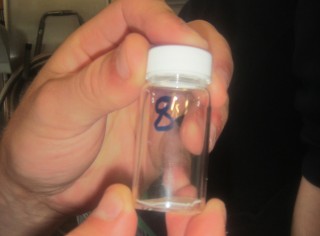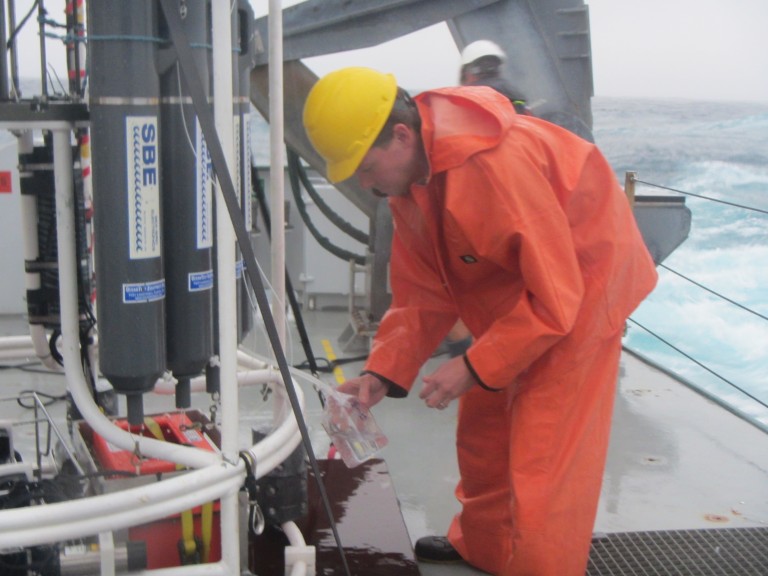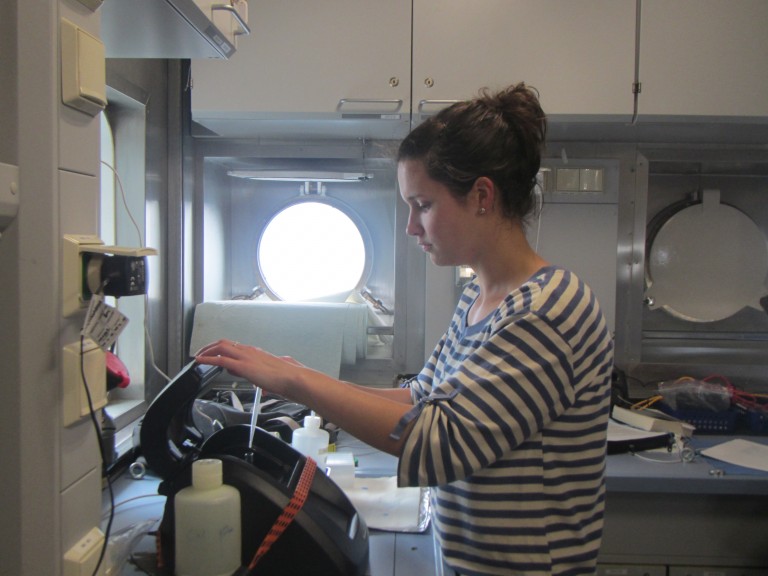The connection between physical processes in the ocean and the organisms that live in it can be summed up with one word: Nutrients. The movement of nutrients through the ocean by tides, gyres, eddies, and waves are in fact the reason we can exist on Earth.

That’s a bold statement, I admit, but let’s examine it a bit more closely. First, in addition to fresh water, humans need two other very important things to live – oxygen and food. Phytoplankton (microscopic organisms that photosynthesize) in the ocean are largely responsible for providing both of these. Through photosynthesis, phytoplankton make over 50% of the earth’s oxygen that we and other organisms breathe, and are the basis of a food chain that eventually provides the primary source of protein consumed by humans worldwide. So they’re pretty darn important. Second, phytoplankton need nutrients to photosynthesize (make sugars and produce oxygen).

The Big Six
What are these nutrients you ask? Excellent question. For phytoplankton, the “Big Six” are carbon, hydrogen, oxygen, nitrogen, phosphorous and sulfur. Hydrogen and oxygen are generally readily available to aquatic organisms from the water itself (H2O). But phytoplankton have to obtain carbon, nitrogen, phosphorous, and sulfur from other compounds dissolved in the water. And these other compounds are not always readily available in the area of the ocean that phytoplankton like to hang out, mainly the upper layers where sunlight can penetrate (for that all important photosynthesis). There are three main sources for nutrients to get into ocean surface waters: diffusion from the atmosphere (for CO2 carbon and N2 nitrogen only); runoff from rivers or rainstorms; and from the deep sea. The deep sea because sediments entering the surface of the ocean that contain a lot of nutrients will eventually sink.

Also, anything that dies in the ocean is either eaten by something else or sinks to the bottom, which is another source of deep sea nutrients. Because there are so many organisms (including phytoplankton, zooplankton, and bacteria) in the upper layers of the ocean taking up all the dissolved nutrients, the surface waters in many areas of the ocean can be depleted in key nutrients like nitrogen and phosphorous. For phytoplankton to thrive, they need access to nutrients from the deep ocean.

The Phytoplankton Connection
This is where biological oceanographers like Pete Strutton step in. Pete and University of Tasmania Master’s student Danielle Mitchell are trying to answer the question of whether, and how much, nutrients are brought up to the surface ocean by the Tasman internal tide, and if this has an impact on phytoplankton populations. To do that, they are taking water samples from the Niskin bottles at different depths. They filter the water onto glass fiber disks to later measure carbon, nitrogen, and chlorophyll (an estimation of phytoplankton). If the water samples are enriched in carbon and nitrogen when an internal wave is passing (which can be seen by water temperature), that would indicate that the wave is bringing nutrient rich water closer to the surface. If there is also more chlorophyll, that would suggest these nutrients may be assisting phytoplankton growth. With each new piece of information, we are closer to solving the mysteries of the deep.
